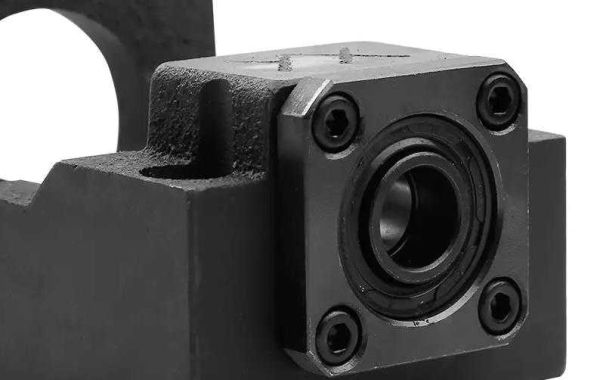Linear Motion Ball Slide helps you choose the right linear motion ball for your requirements
Selecting the appropriate Linear Motion Ball Slide for a specific application involves careful consideration of various factors. These components are crucial for enabling smooth and precise linear movement in machines and devices across many industries. Here’s a guide to help you choose the right linear motion ball slide based on your requirements.
Firstly, consider the load capacity. The linear motion ball slide must be capable of supporting the weight of the moving components plus any additional forces encountered during operation. Exceeding the recommended load capacity can lead to increased wear, reduced performance, and potential failure. It’s essential to choose a slide that can handle the maximum load your application will impose.
Next, evaluate the precision and accuracy requirements of your application. Different linear motion ball slides offer varying levels of precision. High-precision slides are necessary for applications where even small deviations can impact performance, such as in CNC machining or medical equipment. For less demanding applications, a standard precision slide might suffice.
The speed and acceleration of the slide are also important factors. High-speed applications require slides that can handle rapid movement without compromising stability and precision. Consider the maximum speed and acceleration ratings of the slide to ensure it meets the demands of your operation. In applications like 3D printing and robotics, the ability to move quickly and accurately is critical.
Environmental conditions play a significant role in the selection process. If the slide will be used in harsh environments, such as those with extreme temperatures, dust, or corrosive substances, choose a slide designed to withstand these conditions. Stainless steel or coated slides can offer better resistance to corrosion and wear in such environments.
The size and footprint of the slide are also considerations. In applications with limited space, a compact linear motion ball slide is ideal. Conversely, for applications requiring greater stability and load-bearing capacity, a larger slide with dual rails may be more suitable. Ensure the chosen slide fits within the spatial constraints of your equipment.
Maintenance requirements are another aspect to consider. While linear motion ball slides are generally low maintenance, some designs may require periodic lubrication or adjustments. Consider the ease of maintenance and the availability of replacement parts when making your selection. Slides with self-lubricating ball bearings can reduce maintenance needs and ensure continuous smooth operation.
Lastly, cost is an important factor. While it’s tempting to opt for the least expensive option, it’s crucial to balance cost with quality and performance. Investing in a high-quality linear motion ball slide can save money in the long run by reducing downtime, maintenance costs, and replacement frequency.
